History of Jainism is very old. Its roots can be traced back to third or, fourth millennium BC. The legacy has been borne by the twenty four Tirthankaras. Rishabhanatha is known to be the first Tirthankara, the twenty third was Parshvanatha and the last known was Mahavira. Rajasthan started promoting Jainism since the time of Samrat Samprathi in 220 BC. Samrat Samprathi was the grandson of Ashoka and a follower of Jainism. Many Jain temples were built during his rule.
Rajasthan was struck by the Swethambara cult in the 8th century. Although Rajasthan did not have any Jain ruler, encouragement received from the Rajputs paved way for growth of Jainism here. Inscriptions found in Mathura have a mention of ‘Majjhimilla’. It points to Madhyamika another name for Chittorgarh as a centre of Jain religion.
The Jain temples of Chittorgarh have a significant place in the history of Jainism. The precincts of the Chittorgarh fort embrace within it the Satbis Deora, Kirti Stambha, Vijay Stambha, Digambar Jain Mandir, Chandra Prabhu Jinalaya and temples of Meerabai. The Jain temples are stunning manifestations of art and structural design.
Chandra Prabhu Jinalaya also known as Bhagwan Mahaveer Temple was constructed in the Vikram era in 1167. Bhagwan Shantinath Temple is a small temple but bestowed with intricate work of architecture. It is known as Shrungal Choki. Both are located in the Rampol Street of the Chittorgarh fort.
Chittorgarh witnessed the construction of the Kirti Stambha under the rule of Rawal Kumar Singh. Jeeja Bhagerwala is credited for building this tower in the 12th. century. This Stambha was constructed as Man Stambha of the Chandra Prabhu Jinalaya. The tower rises seventy five feet above the ground level. The design is influenced from the Solanki style of architecture. The base of the Stambha is circular in shape and has a diameter of thirty feet wide while at the top it narrows down and diameter at the top of the tower is fifteen feet. This stambha has seven stories. The outer walls are decorated with four idols of Bhagwan Adinath. The idols are in Digambara style, having a height of five feet each. The beauties of the idols are further enhanced by the traditional carvings of ornaments. Currently, the nineteenth tirthankara, Bhagwan Mallinath is worshipped here. To reach the base of the tower you need to traverse sixty nine stairs. The Tower of Victory or, Vijay Stambha was constructed later under the reign of Maharana Kumbha but same could not surpass the beauty of the Kirti Stambha.
Post construction of the Kirti Stambha, was observed the Pratishtha Mahotsava to celebrate the worship of the deity. It was organized under the leadership of Bhattaraka Dharma Chandra who was honored as a Jain scholar.
During the reign of Maharana Fateh Singh, lightening struck on the umbrella atop the Kirti Stambha. The umbrella broke down and the Stambha was inflicted with damage. Maharana Fateh Singh was an admirer of art and architecture. He happily borne the expenses to rebuild the umbrella and repaired the damages to the Stambha.
The year 1322 of Vikram era observed the construction of Bhagwan Parshvanath Temple. It is located near the Gaumukhi kund and has four faces and hence, known as the Choumukhi Temple. Under the rule of King Mokal, thirty two temples were built here.
Today you can find the remains of only six. The biggest of them is the Temple of Bhagwan Adinath with fifty two devkulikas. The place was originally named Satbis Deora after the twenty seven temples present here.
Other Attractions
The temples of Mirabai and Samidheswar are also worthy of appreciation.Beneath the fort is located the Smrtuimandir of Haribhadrasurishvarji.
Best Time to Visit
The temples have footfalls throughout the year. You may however, feel comfortable during winter which lasts from October to March.
The Jain temples of Chittorgarh continue to charm tourists with their aura. Feel enchanted by visiting the place.








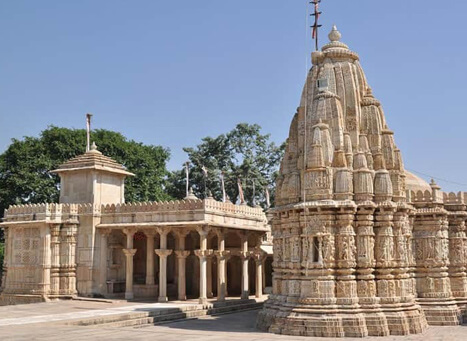




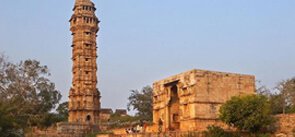
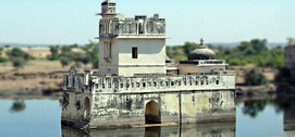

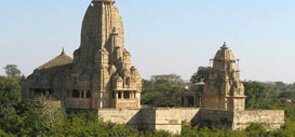


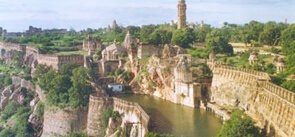
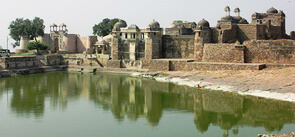
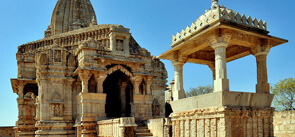
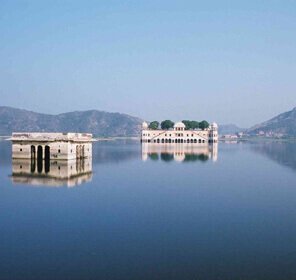

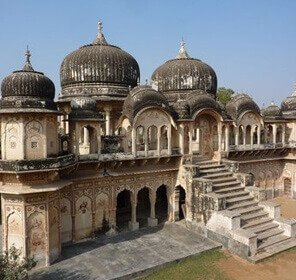


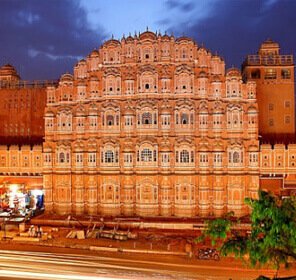
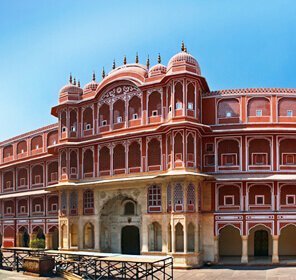

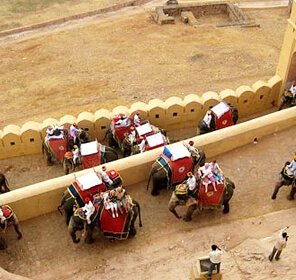

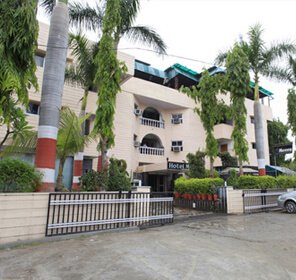
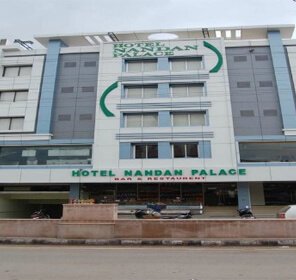
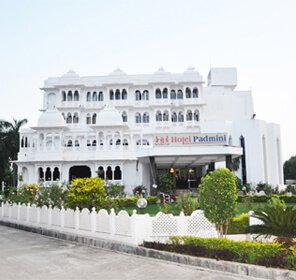
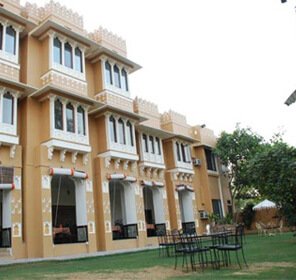


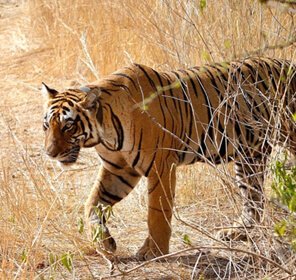


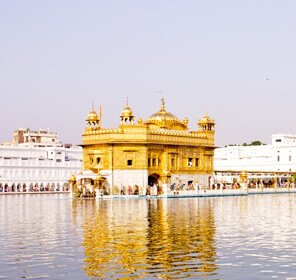



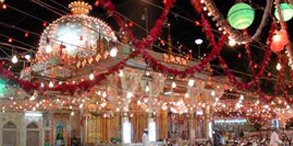
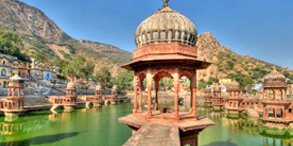





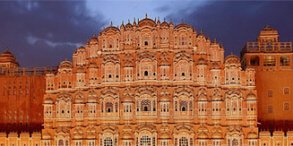




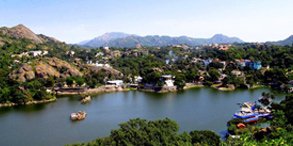




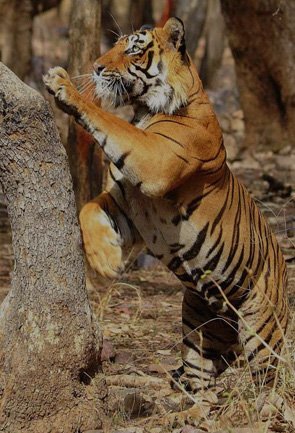



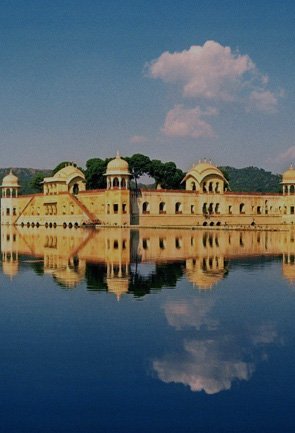
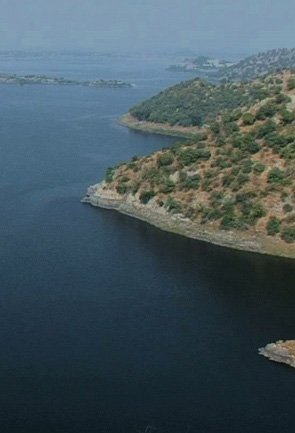
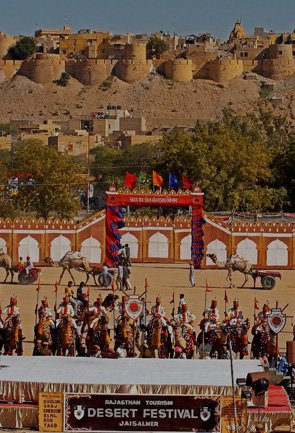

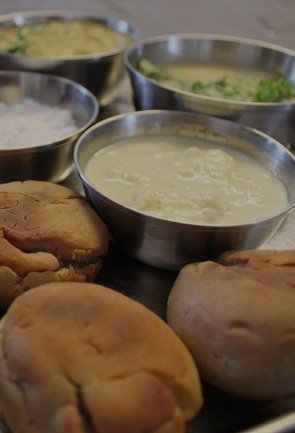
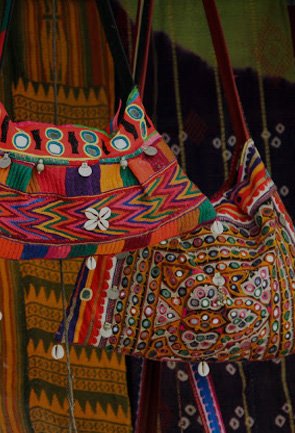
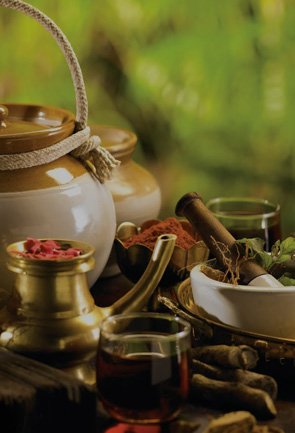

 Plan Trip
Plan Trip Call Us
Call Us Packages
Packages Home
Home